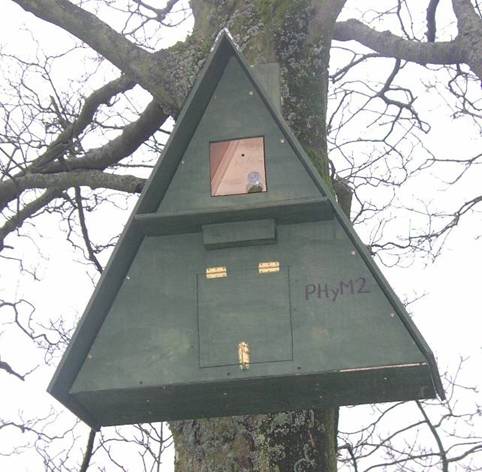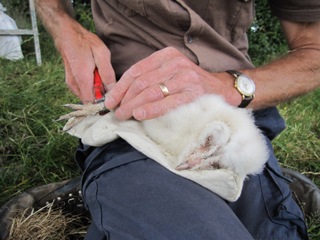Biodiversity
Latest News
A Starring Role for Nantclwyd’s Lesser Horseshoe Bats
22.05.2015
Living Landscape Brought Back to Life
05.12.2014
Facebook Page
Barn owl
North East Wales Barn Owl Project
This elegant nocturnal species can be identified by its buff coloured back and wings, bright white underside and heart-shaped face. It can also be identified by its screeching call.
Easily adapting to man-made structures, barn owls will happily nest in old buildings and barns, as well as cavities in trees. Their preferred nest site will be near rough grassland, woodland and hedgerows that provide ideal habitat for their prey, small mammals. Barn owl populations depend a great deal on the numbers of voles in that year; their favourite meal!
The barn owl is a nationally important species and is protected in the UK.
History
No accurate population counts were done on barn owls until 1999. It is thought that populations decreased 70% between the 1930s and 1980s due to the intensification of agriculture; however other accounts suggest that populations may have begun decreasing as early as the 1800s from persecution from gamekeepers and egg hunters. Loss of nest sites has been a key cause of decline of barn owls in North East Wales.
Project
The project seeks to increase nesting opportunities for barn owls by providing nest boxes. Working with the Welsh Rare Breeding Bird and Raptor Study Group and private land owners, we have put up around 25 barn owl nest boxes in the county. These are monitored, along with natural nest sites, to gather information and improve understanding of the population in Denbighshire. The project also aims to increase awareness of barn owls amongst landowners and the general public.





